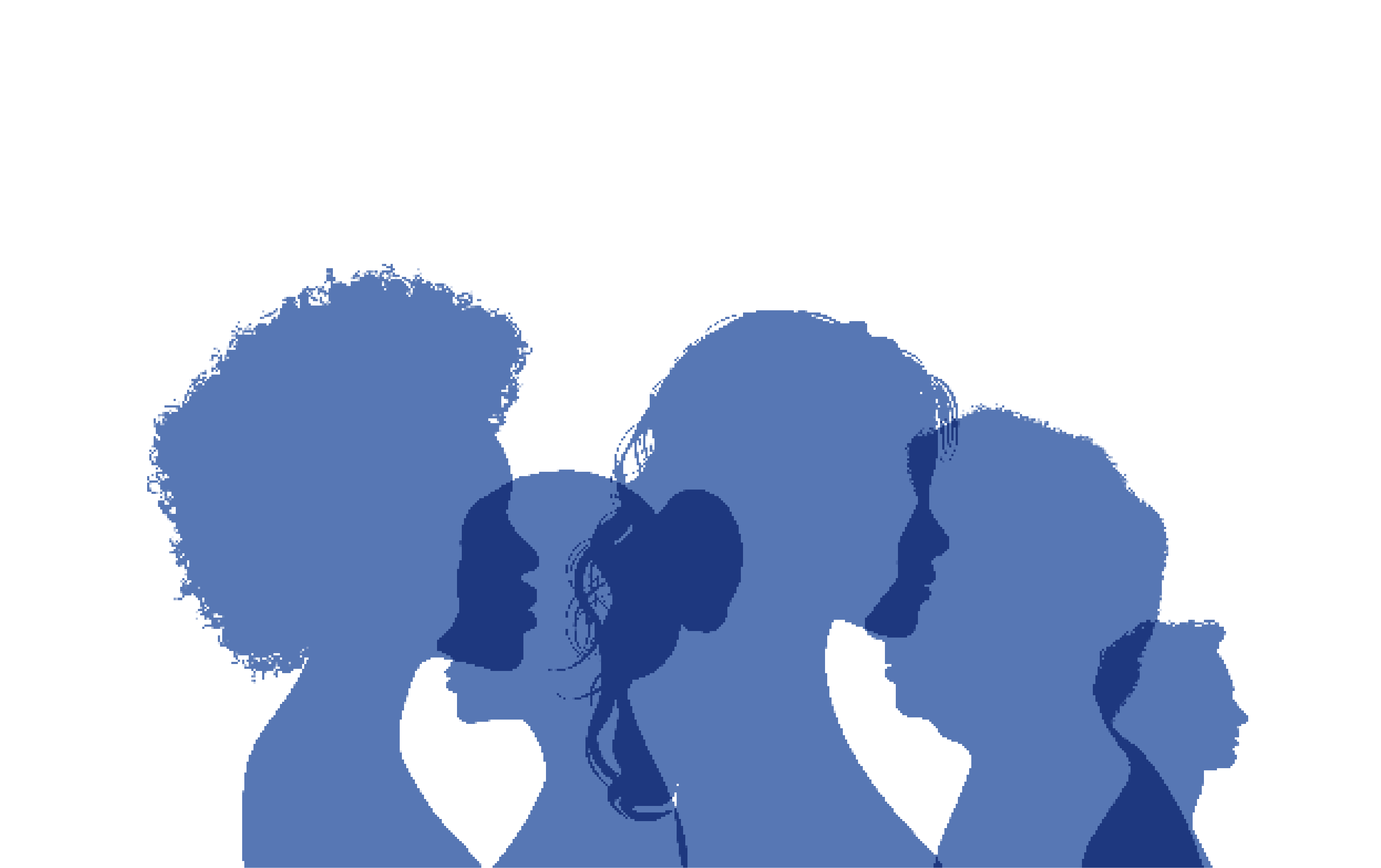What did you do to create inclusive practice and how did you do it?
We adopted a ‘humanised slides’ approach to our taught materials (e.g., lecture slides, seminar preparation, etc.) whereby, whenever we highlighted the work of a specific research paper within the material, we included the full name and picture of the authors (or just the lead author, if space was limited). During the creation process, we regularly reflected on the diversity of the perspectives we had included in our taught materials and amended our case studies as much as possible to ensure that a diverse array of scientists was represented. Photos were taken from publicly available profiles, such as Google Scholar and institutional websites. It should be noted that this process does increase the time taken to prepare materials for a session, and should be implemented as part of a wider catalogue of inclusive education interventions. However, we have found this to be an effective method by which all teaching staff, especially those from majority demographic groups, can be involved in raising the visibility of diversity in STEM curricula.
Why did you implement your example of inclusive practice?
The visibility of diversity in science, technology, engineering and maths (STEM) is a significant barrier to growing a diverse community. There is strong evidence of a significant bias within the formal curriculum (e.g., A-level topics, textbooks and university reading lists) towards the portrayal of scientists as white, Western and male. This lack of representation is thought to contribute to the continued exclusion of historically minoritised groups from science and STEM-related careers; –we believe this issue is exaggerated by the focus on Harvard-format referencing on undergraduate courses, which does little to highlight the actual diversity of the STEM community. However, there is a distinct lack of empirical evidence surrounding specific interventions that individual lecturers can implement to address this issue within their curriculum. The approach that we adopted is based on the work of Project Biodiversify (https://projectbiodiversify.org) and relevant research, which suggests that displaying the pictures of a diverse array of scientists can help to improve perceptions of diversity in the field. We believe that lecture materials are an immediate and impactful place to highlight the diversity of researchers who contribute to subject knowledge.
What was the impact of your case study?
We found both qualitative and quantitative evidence that ‘humanised slides’ are perceived as good practice by the majority of students. Some students highlighted that this practice had positively changed their perspective of diversity in science, and that they’d personally benefitted from seeing ‘people like them’; others commended the idea of providing better credit or recognition for hard-working researchers whose contributions have gone unrecognised in the past. We believe that by not explicitly placing the practice as a diversity intervention it raises its acceptability across all demographic groups. We also found that reliance of Harvard referencing alone exacerbates pre-existing biases about STEM being dominated by White, male, Westerners.
What were the lessons learned?
Using resources like Project Biodiversify can help you find a diverse array of scientists with pictures rapidly; however, sometimes, finding the right study can take some time. This practice can help enhance difficult conversations around privilege and decolonisation, especially in fields like conservation that traditionally struggle with a ‘white saviour’ complex.
